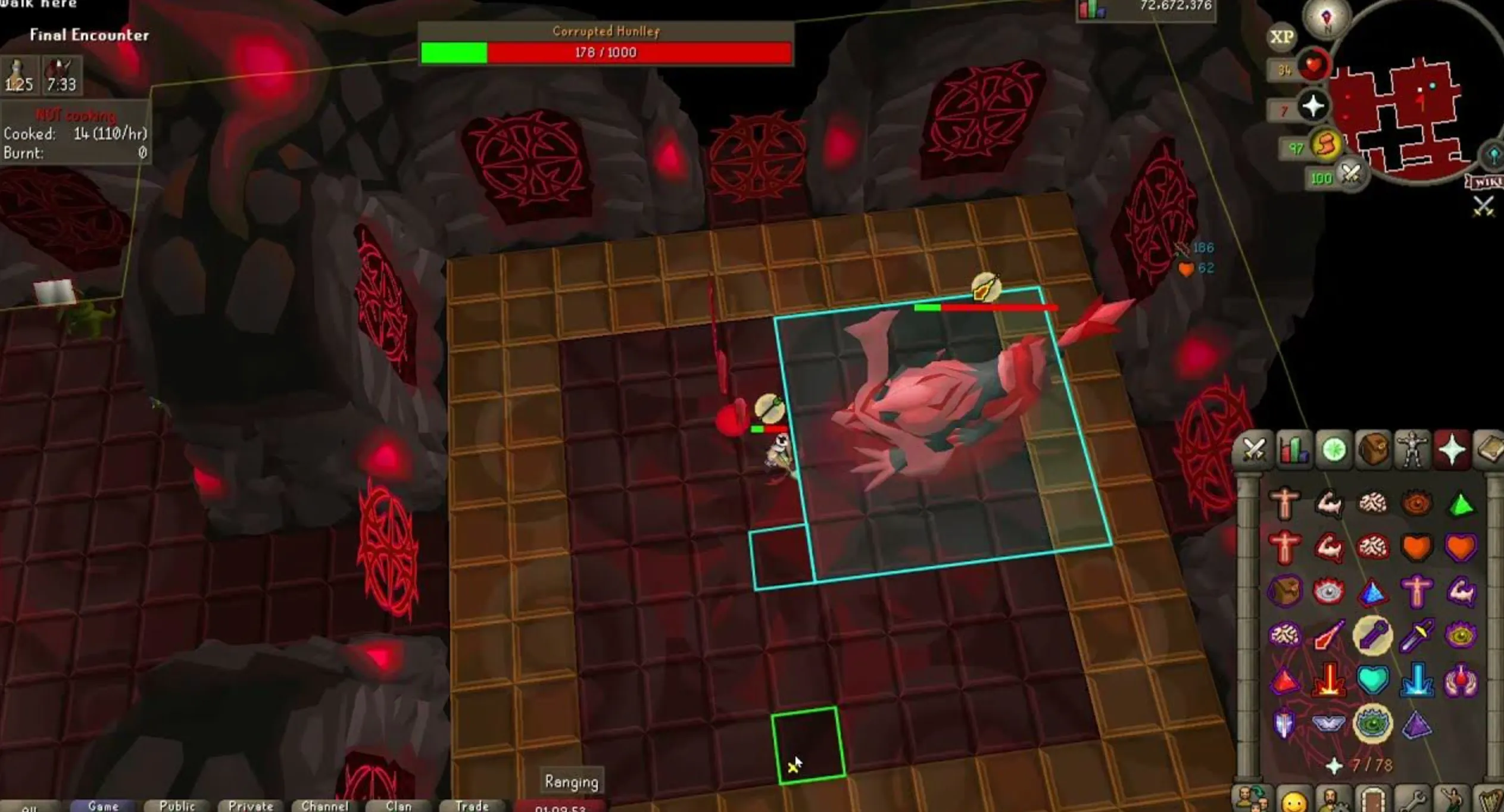Your cart is empty
Map space
In Old School RuneScape (OSRS), the vast world of Gielinor is divided into various map spaces, each with its unique scenery, landmarks, and atmosphere. The map space is the fundamental representation of the game world and showcases diverse environments, ranging from lush forests and arid deserts to snowy mountains and bustling towns.
As players traverse the game world, they are treated to a dynamic interplay of geography. For instance, the picturesque landscapes of the Lumbridge area are characterized by rolling hills, serene rivers, and the iconic Lumbridge Castle, which serves as a starting point for many adventurers. Scenery is not just about the aesthetics; it aids in navigation and contributes to the immersive storytelling experience within the game.
In the northern regions, players can find the icy landscapes of Trollheim, where snow-capped mountains loom overhead and fierce trolls guard their territory. This stark contrast in scenery serves as both a visual cue and a thematic element, effectively reflecting the challenges players face as they venture into these harsh environments.
Alongside natural beauty, the map space of Gielinor is peppered with man-made structures, such as castles, towns, and dungeons. Varrock, the bustling capital city, is surrounded by a vibrant marketplace, towering buildings, and the central square, which buzzes with activity. Players can immerse themselves in the city’s rich lore while appreciating the detailed architecture that speaks to the craftsmanship of the game developers.
Adventurers exploring the Kharidian Desert will encounter vast, sun-baked dunes and the mesmerizing sight of the Pyramid of Senntisten. The heat radiates off the ground, and players can almost feel the exhaustion setting in as they navigate through this arid landscape. Scenery in this area often influences game mechanics, such as the requirement for water to survive in the desert, showcasing how the environment interacts with player experience.
Moreover, the vibrant colors and designs of flora in regions like Taverley and the sages of the Myreque area add depth to the world. Players can find themselves wandering through richly detailed forests filled with towering trees and diverse wildlife, providing opportunities for various activities from skilling to combat.
The map space also transitions between day and night, influencing both the visual atmosphere and gameplay. The shifting skies can evoke different moods, from the cheerful brightness of daytime exploring to the eerie stillness of night when dangerous creatures emerge. This dynamic aspect of scenery in OSRS is designed to enrich the player’s journey and engagement with the world.
Players often find hidden gems within the map spaces, such as secluded glades, forgotten ruins, or unique landmarks that offer both aesthetic pleasure and function, like skill training spots or quest locations. The attention to detail transforms the map space into a living, breathing world filled with stories waiting to be uncovered.

